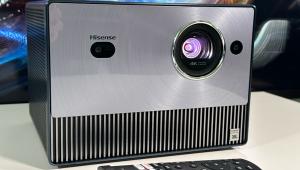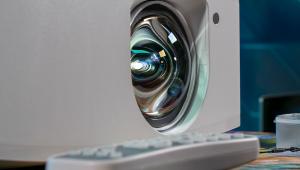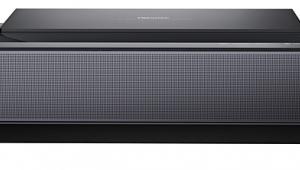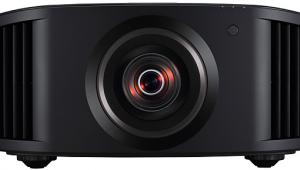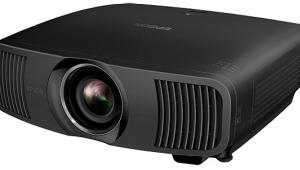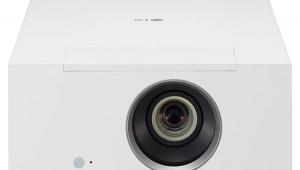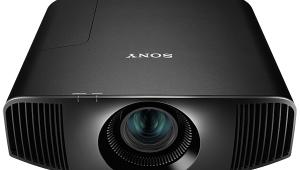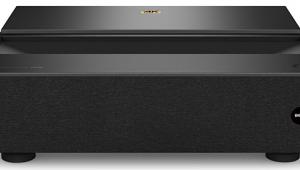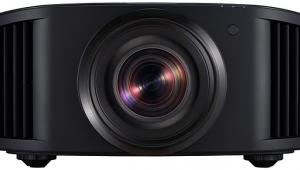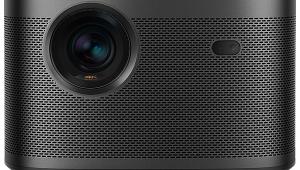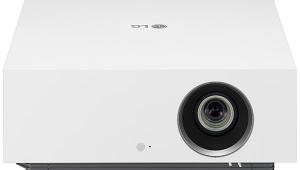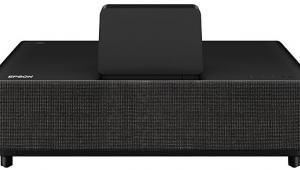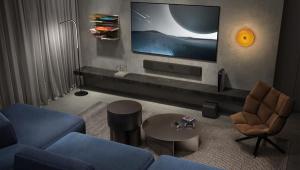Sony VPL-VW285ES LCOS Projector Review Settings
Unit-to-unit sample variations, the viewing environment, the source and, particularly in a projector, the screen size and gain, the distance from the projector to the screen, and the lamp age, might render these recommendations less than optimum. They are only provided as a potentially useful starting place.
The settings here that are most likely to translate reliably from one sample to another are those involving specific features with only a few selections, such as Gamma and Noise Reduction. The ones most likely to be subject to sample variations are video controls offering a wide range of adjustment, such as white balance (grayscale) and color management (where available). Even relatively small differences in the common control settings, such as Contrast, Black level, and Gamma, can shift the white balance, though the resulting visible change may be minor. Production tolerances can do the same.
We strongly recommend that you find the optimum basic video settings for your sample by using one of the many available display setup discs, such as Digital Video Essentials HD Basics (Blu-ray). These will help you to set the basic controls, Brightness (Black level), Contrast, Sharpness, and sometimes Color and Tint, correctly. Experimenting with the more complex color calibration and other controls in the user menus will do no harm; the changes may be easily reset. But adjusting these by eye is unlikely to produce an accurate result and is no substitute for a full calibration. The latter is best left to a trained and properly equipped technician such as those certified by the Imaging Science Foundation (ISF) or THX.
The settings here are for 2D only. The display was not calibrated for 3D.
| HD/SDR | UHD/HDR | |
| Calibrated Preset | Cinema Film 1 | Cinema Film 2 |
| Reality Creation | ||
| Resolution | 50 | 50 |
| Noise Filtering | Min | Min |
| Cinema Black Pro | ||
| Contrast Enhancer | Low or Middle | Middle or High |
| Lamp Control | Low | High |
| Motionflow | Off | Off |
| Contrast | 70-80 | 85-90 |
| Brightness | 53 | 54-57 |
| Color | 50 | 50 |
| Hue | 50 | 50 |
| Color Temp. | D65* | Custom 3** |
| Sharpness | 30 | 30 |
| Expert Setting | ||
| 3D Settings | 3D Only | N/A |
| Gamma Correction | 2.4 | N/A |
| Color Correction | Off | On*** |
| Clear White | Off | Off |
| x.v.Color | Off | Off |
| HDR | Auto | Auto |
| Color Space | BT.709 | BT.2020 |
| Function | ||
| Dynamic Range | Auto | Auto |
| HDMI Signal Format | Standard Format | Standard Format |
| *Color Temp D65 (HD/SDR) | |||
| Gain | Bias | ||
| R | -8 | 3 | |
| G | 0 | 0 | |
| B | 2 | 1 | |
| **Color Temp Custom 3 (UHD/HDR) | |||
| Gain | Bias | ||
| R | -15 | 0 | |
| G | -9 | 0 | |
| B | -1 | -2 | |
| ***Color Correction (UHD/HDR) | ||||||||
| Red | Green | Blue | Cyan | Magenta | Yellow | |||
| Hue | 0 | 0 | 0 | 6 | 22 | 15 | ||
| Saturation | 5 | 50 | 2 | 12 | 16 | 0 | ||
| Brightness | 0 | 0 | 0 | 0 | 0 | 0 | ||


